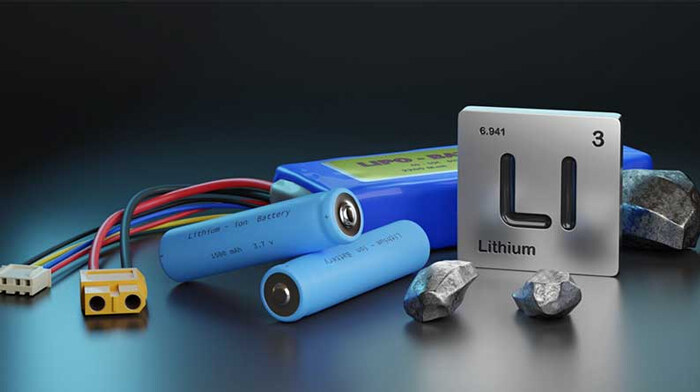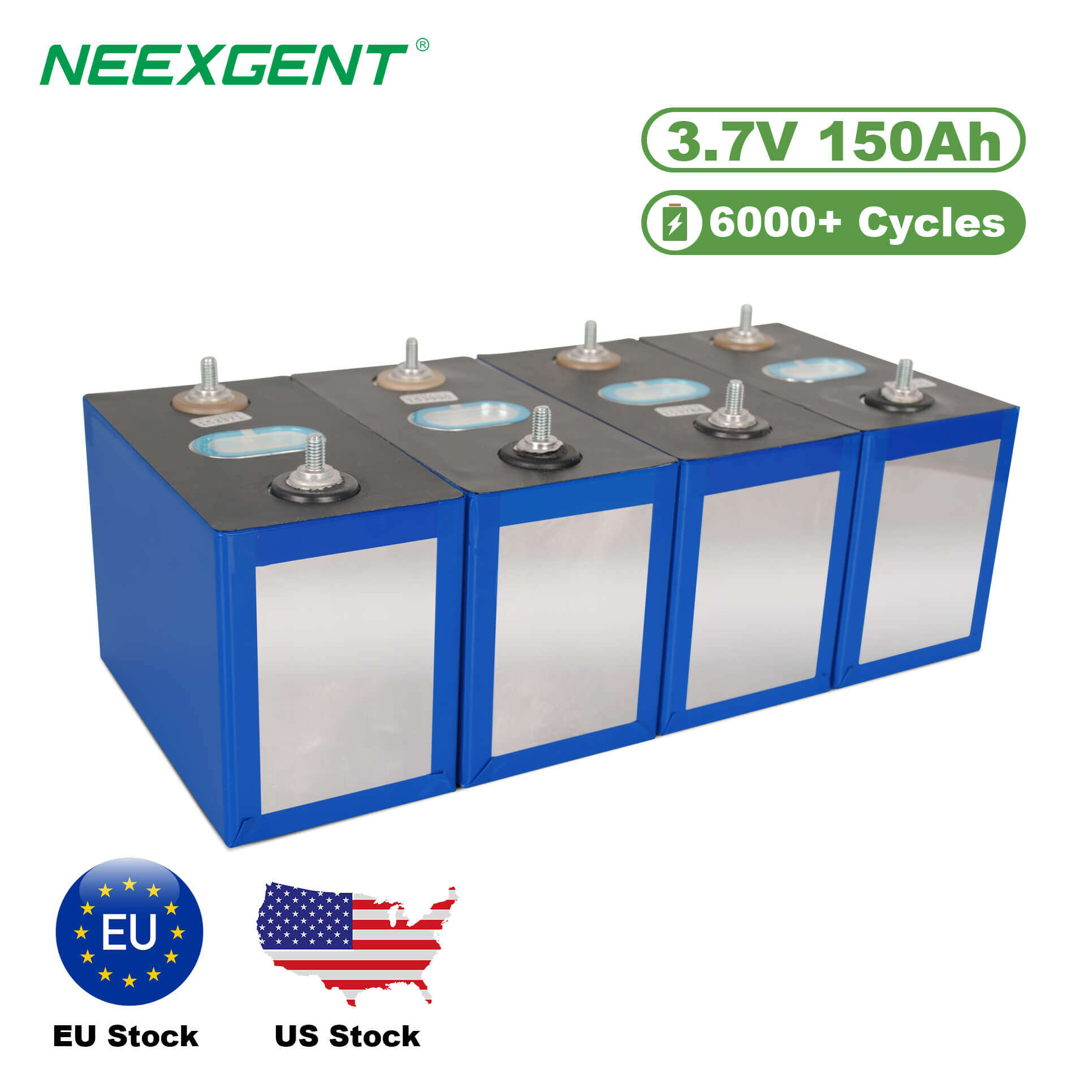Contents:
Batteries play a critical role in powering a wide range of electronic devices, from everyday gadgets to industrial machinery. When examining battery specifications, you might encounter various terms and abbreviations, one of which is "RC." In this article, we will explore the meaning of "RC" on a battery, its significance, how it is measured, and its relevance in different applications.

Understanding Battery Specifications
Before delving into the specifics of "RC," it's essential to grasp some general concepts related to battery specifications. A battery’s performance is often described by its voltage (V), capacity (mAh or Ah), energy output (Wh), and discharge rates (C). Additionally, terms like "CCA" (Cold Cranking Amps), "Ah" (Amp-hours), and "RC" are critical for determining the battery's suitability for particular applications.
"RC," which stands for Reserve Capacity, is one such specification that provides valuable insights into the battery’s capabilities. It tells us how long a battery can supply power to a load (usually in amperes) before its voltage drops to a critical level, generally around 10.5 volts for a 12-volt battery.
What Is Reserve Capacity (RC)?
The Reserve Capacity of a battery is an indication of its ability to deliver a specific amount of current for a certain period of time, in the event that the primary charging source (such as an alternator in a car) fails. It is typically measured in minutes, and the value represents how long the battery can continue to power a load (such as a vehicle's lights or radio) before the voltage drops below a usable level.
For example, a battery with a reserve capacity of 120 minutes can provide a steady current at 25 amps for 120 minutes (or two hours) before its voltage falls to 10.5 volts. This is especially important for automotive and deep cycle batteries used in systems where power backup is essential.
How Is RC Measured?
RC is measured under controlled conditions, generally using a 25-amp load at 80°F (27°C). The test is designed to simulate real-world conditions where a battery is used to power lights or other devices in a vehicle or similar application. However, factors such as temperature, battery age, and the load’s characteristics can influence the actual reserve capacity in everyday use.
During the test, the battery is discharged while maintaining a 25-amp load. The time it takes for the battery's voltage to drop to 10.5 volts is recorded as the reserve capacity. The higher the RC value, the longer the battery can maintain power during a power failure or under heavy load.
Significance of RC in Different Applications
The reserve capacity of a battery is crucial in applications where power reliability is essential. Here are a few areas where RC is particularly important:
1. Automotive Batteries
In automotive applications, the RC value is essential for determining how long a car battery will last during emergencies. For example, if the alternator fails or if the vehicle is left running with the engine off, the battery's reserve capacity will dictate how long the car can still run the radio, lights, and other electronics. A higher RC value means the battery will keep these systems operational for a longer period before requiring recharging.
In most vehicles, a battery with a reserve capacity between 90 to 150 minutes is standard. However, vehicles with higher electrical demands or luxury cars may require batteries with higher RC ratings.
2. Deep Cycle Batteries
Deep cycle batteries, commonly used in solar energy systems, RVs, marine applications, and off-grid power solutions, rely heavily on reserve capacity. Since these batteries are designed to be deeply discharged and recharged, their RC values give a clear indication of how long they can provide backup power during an outage.
For example, an RV with a deep cycle battery will benefit from higher RC values as it ensures longer operation of lights, appliances, and other electronics while off the grid.
3. Uninterruptible Power Supply (UPS) Systems
In uninterruptible power supply systems, RC is an important specification for determining the duration for which the system can provide power to critical equipment when the main power supply is disrupted. A UPS with a high RC value can keep servers, communication equipment, and medical devices running longer during a power outage.
4. Power Backup Solutions for Industrial and Commercial Use
For industries and businesses that rely on constant power supply, battery systems with higher RC values are critical. Whether for backup generators or renewable energy storage systems, a battery with an adequate RC value ensures business continuity during power disruptions.
Factors Affecting RC
Several factors influence the RC of a battery:
-
Temperature: Batteries perform differently at varying temperatures. Cold temperatures, for example, can reduce a battery's ability to provide power, thereby affecting its reserve capacity.
-
Battery Age: Over time, batteries degrade due to wear and tear, which can result in a decrease in their RC values. Older batteries typically provide less reserve capacity than new ones.
-
Battery Chemistry: Different types of batteries have different RC characteristics. For instance, lead-acid batteries generally have lower RC values compared to lithium-ion batteries, which provide better energy density and longer reserve times.
-
Discharge Rate: The RC value assumes a constant 25-amp discharge rate. If the battery is subjected to a higher discharge rate, it will drain faster, reducing the effective reserve capacity.
How to Choose the Right RC for Your Application
When selecting a battery for your specific needs, understanding the required reserve capacity is critical. If you are considering a battery for an automotive or off-grid application, you should look at the load requirements and how long you need the system to function without external power.
For instance:
-
For Automotive Use: A battery with a higher RC value (120 minutes or more) is preferred, particularly for vehicles with a lot of electrical accessories or in cold climates.
-
For RV or Marine Use: A higher RC value ensures the battery can provide power for extended periods while off the grid.
-
For UPS Systems: The RC value should be sufficient to keep critical equipment running for the required duration during power outages, typically ranging from 30 minutes to several hours depending on the application.
Conclusion
RC (Reserve Capacity) is an important metric when assessing battery performance, particularly in applications requiring reliable backup power. It indicates how long a battery can supply a specific load before its voltage drops to an unusable level. Whether for automotive use, deep cycle batteries, UPS systems, or power backup solutions, understanding the reserve capacity helps users make informed decisions about the batteries best suited for their needs. By considering factors such as temperature, battery age, and chemistry, you can ensure that your battery performs optimally and provides the necessary power during critical times.
In conclusion, while there are many factors that influence the overall performance of a battery, RC remains one of the key specifications for determining how well a battery will function in real-world, emergency situations. Always consider the RC value in relation to your unique power requirements to choose the best battery for your needs.






